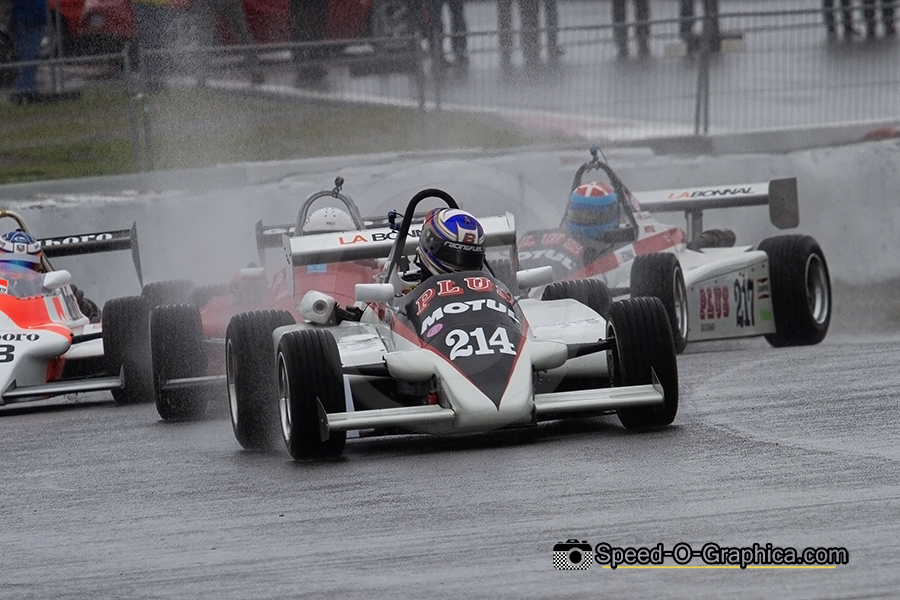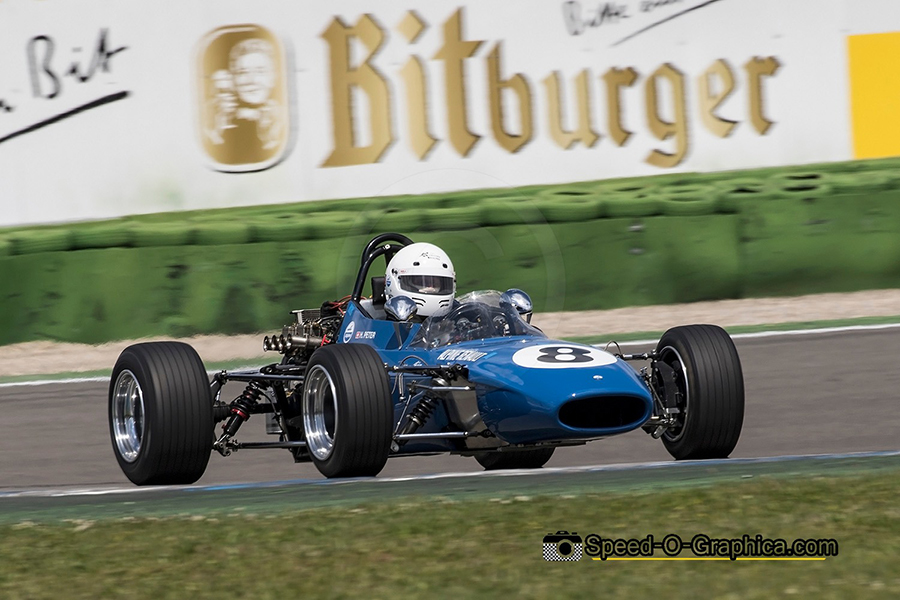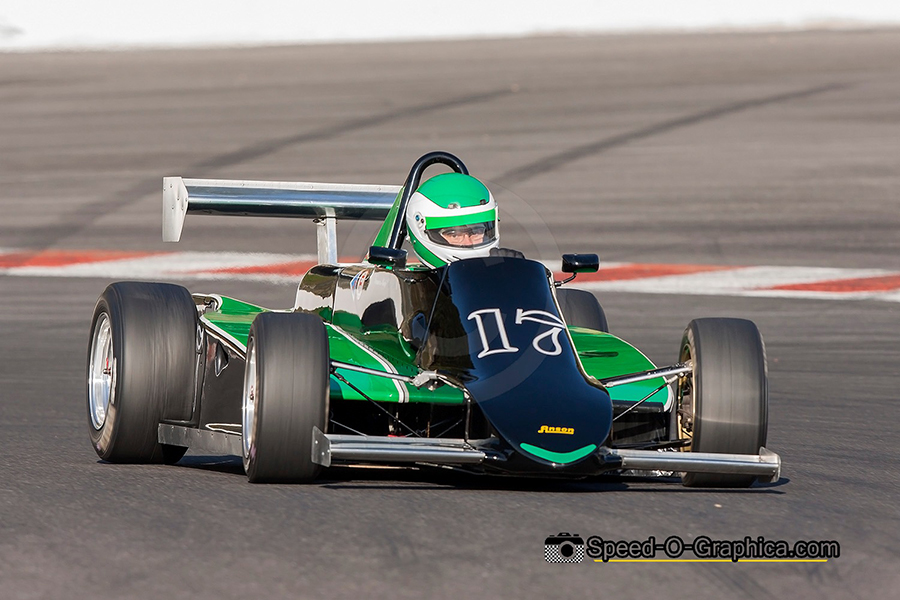Formula 3: The origins, 1971-1984

By Marcel Hundscheid / Speed-O-Graphica
In a new series of articles, we will take a look at the origins of Formula 3, a championship that is still seen as an important stepping stone for the premier class in motorsport, Formula 1. Although Formula 3 is still prominent in the world of modern motorsport today, in this series we focus on main constructors between 1971 and 1984.
To go back to the origins of Formula 3, we need to take a deep dive into history. During the late 1940s, lightweight tube frame chassis cars powered by 500 Norton and JAP motorcycle engines were raced in the United Kingdom, which would eventually lead to the international Formula 3. Formula Junior was an open wheel single seater racing class originally set up in 1958. The intention was to create an entry level category for younger drivers to take their first steps in single seater racing.
At the end of the 1963 season, Formula Junior ended and the new Formula 3 regulations came into effect on January 1, 1964. The cars had to weigh at least 400 kilograms and the engine had to come from a production car. A maximum of four cylinders, 1-litre cubic capacity and a single carburetor were allowed. Successful chassis manufacturers of this era were Chevron, Lola, Cooper, Brabham, Lotus and Tecno. They all relied on tubular space frames, front radiators and a cigar-shaped body. Ford’s MAE engine prevailed, prepared by tuners such as Cosworth, Holbay or Novamotor reaching around 120 horsepower.
In 1971 a change in the regulations was made whereby noisy 1-litre engines were replaced by 1.6-litre engines that produced fewer decibels. In order to reduce the power and increase the durability of the engines, the intake was limited to 20mm with a restrictor. Since the Formula 3 cars with 20mm restrictors had slower lap times than the 1 litre ‘Screamers’, the air intake was increased to 21.5mm for the 1972 season.

Another remarkable change were the more aerodynamic shapes, including wings and the use of slick tires. Aluminium monocoques were introduced by March and GRD in 1971. Brabham, Cooper and Lotus left Formula 3 to focus entirely on Formula 1 and 2, which led to the rise of manufacturers such as March, Ensign and GRD. Another significant change was the emergence of various national championships with those in England, Italy, France and Sweden predominating, instead of the individual when the Formula 3 championship switched to 2-litre engines with restricted air intakes.
In 1975 the FIA launched the European Formula 3 Championship. In the first year, the competition calendar consisted of six races that were held on the European continent. The championship was cancelled in 1984 and replaced by the European Formula Three Cup, in fact a one-event format.
Overview of the main constructors:
Alba Engineering
The Alba AR1, designed by Giorgio Stirano, appeared in October 1981 powered by an Alfa Romeo engine. Stirano worked for Forti and Osella in Formula One. When he left he founded Alba Engineering together with three partners.
Their first design was the Alba AR1, a Formula 3 car tested by Enzo Coloni. The car raced in 1981 and 1982 but failed to score. The AR1 was Alba’s one and only Formula 3 car and from that point they switched to designing Group C sports cars.

Alpine
Jean Redelé formed Société des Automobiles Alpines in 1950, initially focusing on sports racing and rally cars, but from 1960 the focus was on single-seaters. An F2/F3 car was produced in 1964, but due to the uncompetitiveness of the Renault engine that was used, Alpine decided to switch to Formule France and sports car racing. It was not until 1968 that Alpine decided to choose Formula 3 again. Between 1969 and 1973, Alpine developed a number of single-seaters equipped with Renault engines.
List of Alpine F3-cars:
1964 A270 raced in both F2 and F3 fitted with a Renault R8-engine
1965 A270 with minor developments
1966 A270 with revised suspension
1967 A310 (also listed as T27)
1968 A310 equipped with a new Renault-engine
1969 A330 and A360. The A360 used a Renault R16-engine
1970 A360 equipped with a Ford-engine
1971 A360 with a space frame chassis and Renault R16-engine
1972 A364 with a new space frame and Dudot-Renault engine
1973 A364B with an upgraded suspension

Anson
Anson Cars was formed by former Brabham F1 mechanic Gary Anderson, Tyrrell F1 mechanic Bob Simpson and Jeff Hills. In 1975 they built the Anson SA1, based on the Brabham BT38 entered in Formule Libre. Unfortunately, major successes were not forthcoming, but in 1983 Franz Konrad won the title for Anson in the German F3 championship. When they failed to reach further success, Anson decided to permanently stop the production of Formula 3 cars at the end of 1985.
List of Anson F3-cars:
1975 SA1
1976 SA1 new design
1977 SA2
1981 SA3 F1-type chassis with honeycomb construction
1982 SA3C slightly modified suspension and bodywork
1983 SA4 new model
1984 SA4B
1985 SA6 fitted with shorter sidepods and a deeper monocoque
In the next episode we continue our retrospective with manufacturers like Argo and Brabham.
